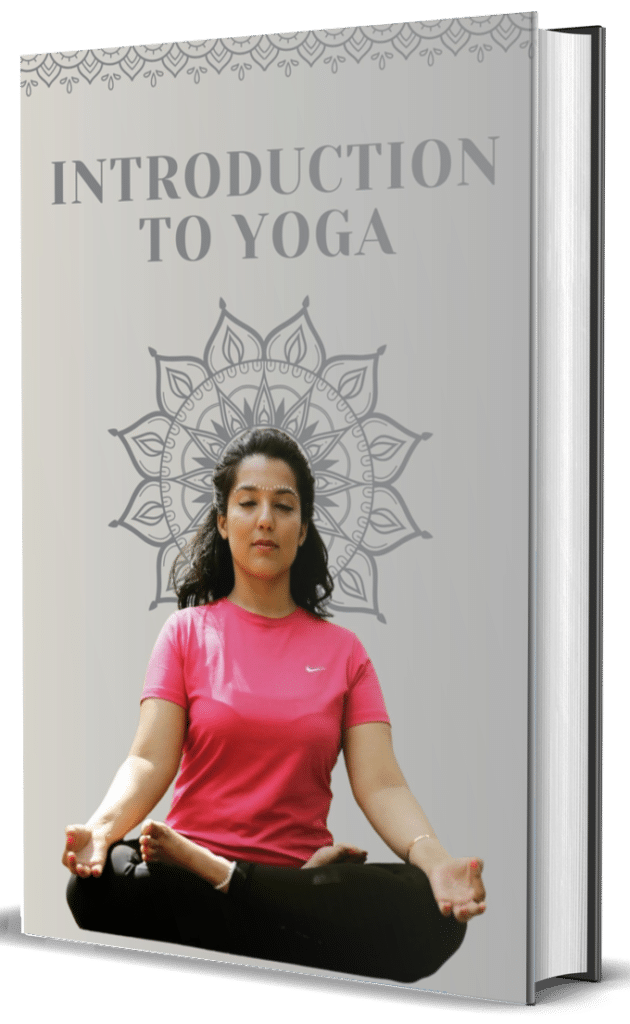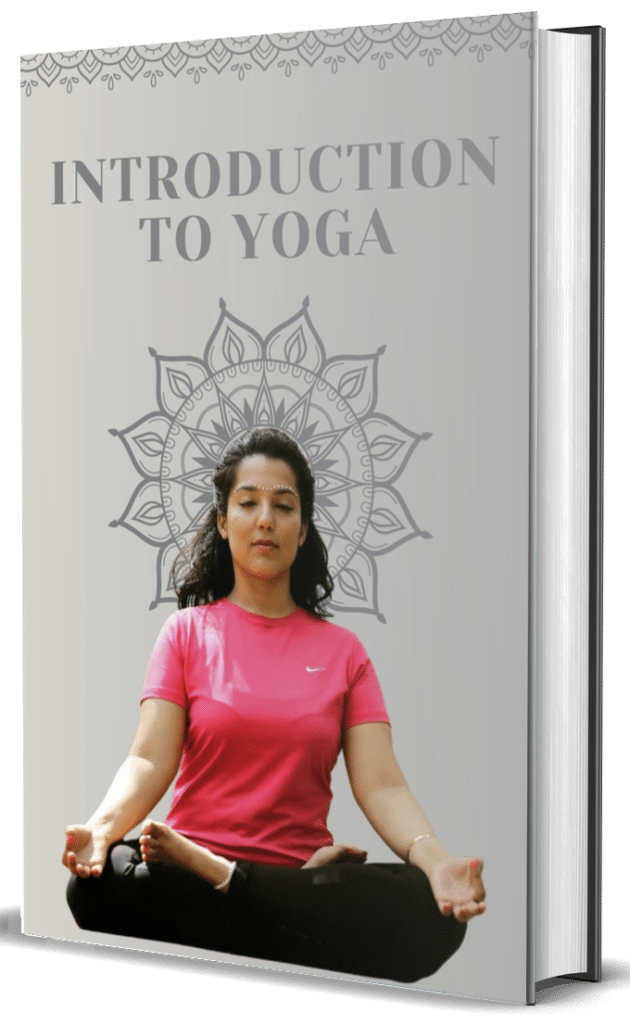Shavasana (also spelled Savasana) or Corpse Pose is a seemingly simple yet profoundly important yoga posture typically practiced at the end of asana sequences. The practitioner lies supine on the floor with arms and legs extended comfortably away from the body palms facing upward and eyes closed. Despite its physical simplicity it’s often considered one of the most challenging poses because it requires complete physical and mental relaxation while maintaining awareness.
The Sanskrit name derives from ‘shava’ meaning corpse and ‘asana’ meaning posture symbolizing the temporary death of physical activity and the fluctuations of consciousness. In this state of conscious relaxation the benefits of the preceding practice are integrated and assimilated both physically and energetically. The nervous system shifts from sympathetic (fight-or-flight) to parasympathetic (rest-and-digest) activation.
Traditional texts emphasize shavasana as essential for preventing energy depletion and nervous system fatigue that could result from practicing active poses without proper recovery. Physiologically it allows the heart rate and blood pressure to normalize muscular tension to release and breath to return to its natural rhythm.
Beyond physical relaxation shavasana offers an opportunity to practice pratyahara (sensory withdrawal) and meditation developing the capacity to maintain alert awareness while releasing effort and control. Many teachers consider it the foundation for more advanced meditative practices.



